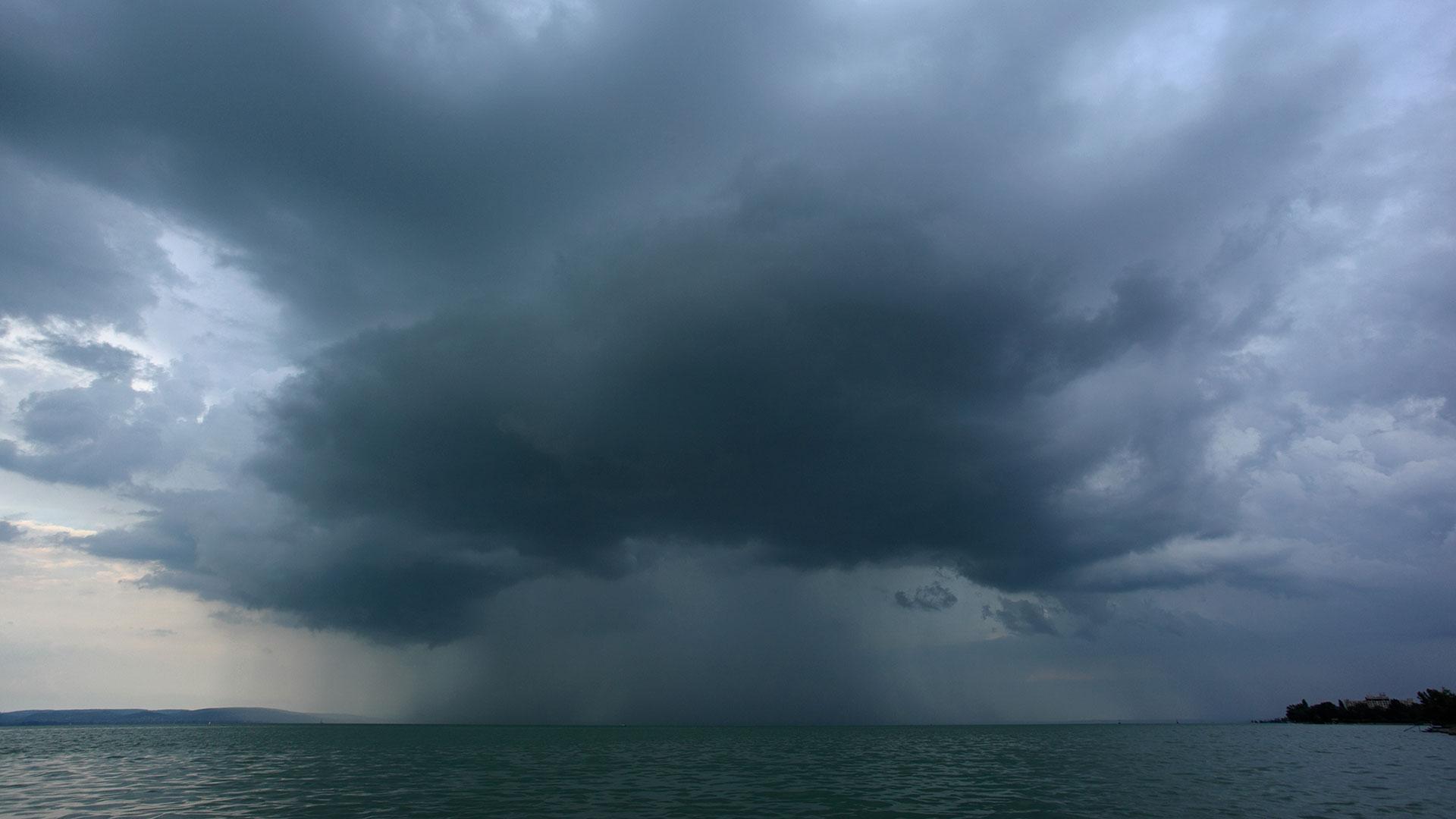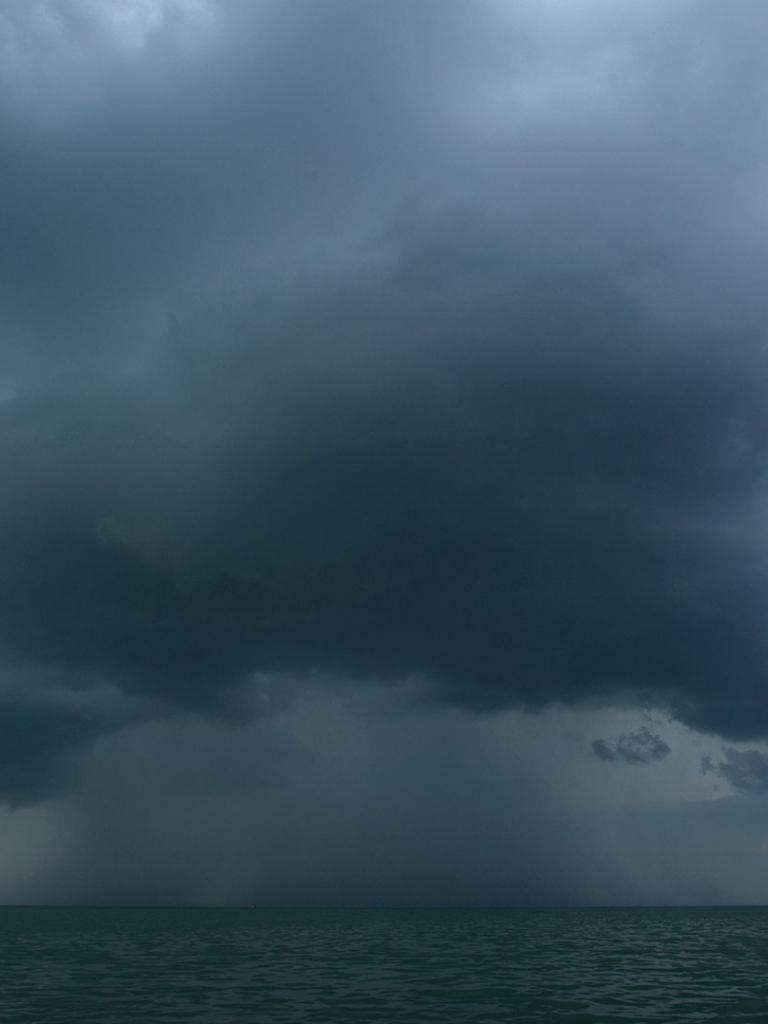30 January 2023
05 June 2018
The SEVIRI Solar Channel Calibration system (SSCC) is the core facility in place to perform vicarious calibration over pseudo-invariant targets. It was developed to calibrate the reflective solar bands available on the SEVIRI instrument on the Meteosat Second Generation satellites. It also has the capability to calibrate Meteosat Visible an InfraRed Imager (MVIRI) instruments that were available on the Meteosat First Generation (MFG) platforms, and can process offline reformatted data from reference instruments to assess its own 'radiometric' performance against independent well-calibrated reference radiometers.
The current calibration targets in place in SSCC are:
- Desert targets (mostly in the Saharan Desert)
- Oceanic targets (in the Atlantic and Indian Ocean).
This study aimed at increasing the range of pseudo-invariant targets to enhance the vicarious calibration capabilities for reflective solar bands.It is part of a broader effort to develop a Mission Integrated Calibration Monitoring Inter-Calibration System (MICMICS) that will support the radiometric monitoring of the reflective solar bands available on the current and future missions operated by EUMETSAT.
Objectives
The study focused on:
- The identification in satellite images of Deep Convective Cloud targets suitable for calibration purposes.
- The definition of the microphysical properties of a standard deep convective cloud target to establish the vicarious reference signal.
- A methodology to implement this new type of calibration.
In the context of reflective solar band calibration and monitoring, such calibration targets are intended to complement the set of existing targets present in the EUMETSAT vicarious calibration system for reflective solar bands. It would allow a broader coverage of the instrument dynamic range, by providing a bright target in its high end.
Overview
The study demonstrated the feasibility of using of DCC targets as the third calibration target, as originally foreseen in SSCC. The analysis of the model performances shows that, in the case of SEVIRI, it is possible to derive calibration coefficients over DCC with an estimated uncertainty of about ±1.5% in the VIS0.6 and VIS0.8 channels, and ±3.0% in the NIR1.6 and HRVIS bands. In the NIR1.6 band, this uncertainty might exceed this value during some period of the year.
Figure 1 and the table below show the very good agreement between results obtained with the DCC method and the results obtained with the Libya-4 desert site. The values derived over sea are also relatively well in agreement with the DCC and Libya-4 results, even though they slightly exceed values derived over the two other target types, particularly in bands VIS0.6 and VIS0.8. Those difference will be investigated in the future. In the table calibration coefficients are given in Wm-2μm-1sr-1/DC. The offset column provides the retrieved space count value
| Band | Sea | Libya-4 | DCC | Slope | Slope Uncert. |
Offset | Offset Uncert. |
|---|---|---|---|---|---|---|---|
| VISO.6 | 0.5992 | 0.5464 | 0.5454 | 0.5431 | 0.0044 | 47.30 | 0.597 |
| VISO.8 | 0.4437 | 0.4263 | 0.4270 | 0.4258 | 0.0033 | 49.28 | 0.467 |
| NIR1.6 | 0.0878 | 0.0854 | 0.0854 | 0.0852 | 0.000844 | 49.90 | 0.422 |
| HRVIS | 0.6590 | 0.6621 | 0.6683 | 0.6641 | 0.0064 | 50.37 | 0.704 |
A series of recommendations was proposed to improve further the current vicarious calibration system. Those recommendations include further work to be done on the proposed DCC method, which were not covered by the scope of the study, and the integration of the DCC method within SSCC. Finally, a last set of recommendations addresses potential future SSCC improvements that could be included in the framework of its adaptation to MTG/FCI.



